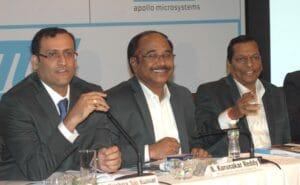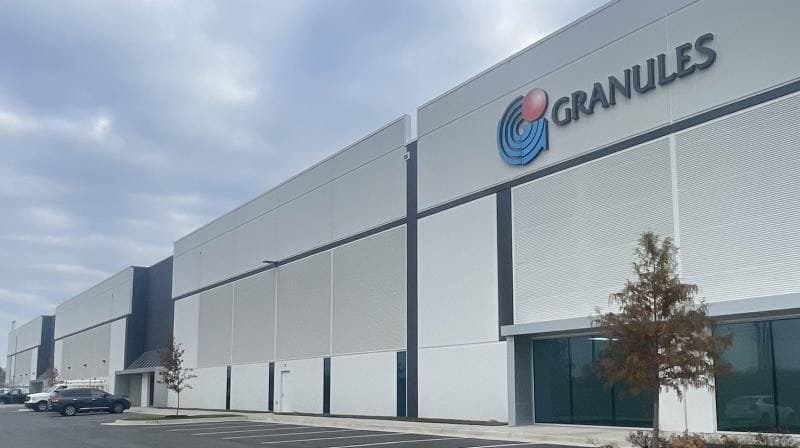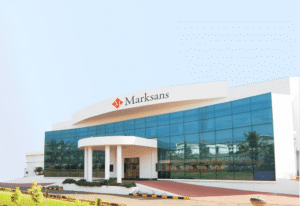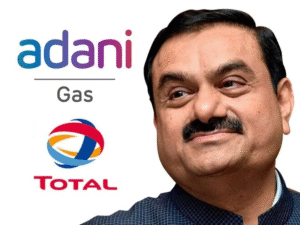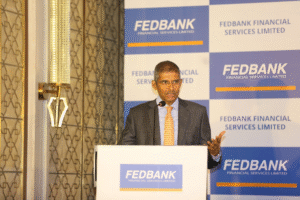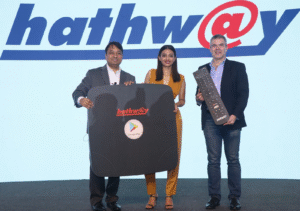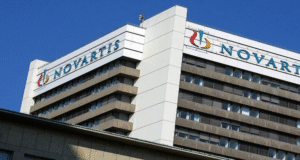1.At a Glance
Granules India makes and sells the pharmaceutical trinity —APIs, PFIs, and Finished Dosages— basically the ingredients, the semi-cooked mix, and the final pill you swallow. FY25 clocked ₹4,482 Cr in sales and ₹502 Cr PAT, translating into an ROE of ~14%. The P/E at ~23x is the pharma equivalent of paying MRP — not cheap, not insane. This is one of those steady operators that doesn’t get meme-stock hype but keeps showing up to work, churning profits, and occasionally facing a regulatory slap from the USFDA just to keep things exciting.
2.Introduction
If pharma companies were restaurants, Granules India is the one with a consistent menu — no gimmicks, no “fusion experiments,” just the tried-and-tested recipes that fill the order books. It’s been making APIs and formulations for decades, exporting to regulated markets, and supplying big-name generics.
The company’s Q1 FY26 numbers were decent on sales (+3% YoY) but underwhelming on EBITDA (-5%) and PAT (-16%), thanks to USFDA warning letter overhang and Senn Chemicals acquisition costs. Still, OPM is holding around 20% — which in manufacturing-heavy pharma is like running a dhaba with a 5-star kitchen margin.
The challenge? Growth has slowed — 5-year sales CAGR is just 12%, and inventory days have shot up to 284 (FY25). That’s a lot of medicine sitting on shelves waiting to move.
3.Business Model (WTF Do They Even Do?)
Granules’ empire rests on three pillars:
- APIs– Active ingredients used by other pharma companies to make final medicines.
- PFIs– Pharmaceutical Formulation Intermediates — pre-mixed active + excipient blends.
- Finished Dosages– Ready-to-sell tablets and capsules.
The genius here is vertical integration — make the API in bulk, convert some into PFIs, and then into finished pills. This not only
controls costs but also locks in higher margins as you move down the chain.
Export-heavy revenue means forex swings matter, and regulatory approvals from USFDA, EDQM, etc., are the lifeblood. A single warning letter can dent shipments, which is why Q1 FY26 commentary about “successful audits” is management’s version of saying, “Relax, we’re still invited to the party.”
4.Financials Overview
- Revenue (FY25): ₹4,482 Cr (flat YoY)
- EBITDA: ₹948 Cr (~21% margin)
- Net Profit (FY25): ₹502 Cr
- TTM PAT: ₹480 Cr
- EPS (TTM): ₹19.77
- P/E Recalc: ₹455 ÷ ₹19.77 ≈23x
- ROE: 13.9%
- ROCE: 15.1%
Commentary: Margins are holding well, but top-line growth is stagnant. This is a cash generator (₹867 Cr CFO in FY25) that’s still investing heavily (₹689 Cr CFI outflow), likely in capacity and quality upgrades.
5.Valuation (Fair Value RANGE)
| Method | Inputs & Assumptions | Implied Value (₹) |
|---|---|---|
| P/E Multiple | Sector avg ~25x, EPS ₹19.77 | 490–520 |
| EV/EBITDA | Sector avg ~16x, EBITDA ₹933 Cr → EV ₹14,928 Cr | 430–470 |
| DCF | 8% CAGR for 5 yrs, terminal growth 4%, WACC 11% | 440–500 |
Fair Value





